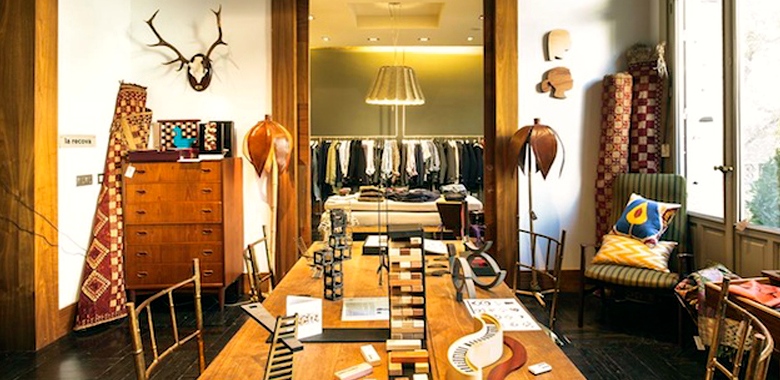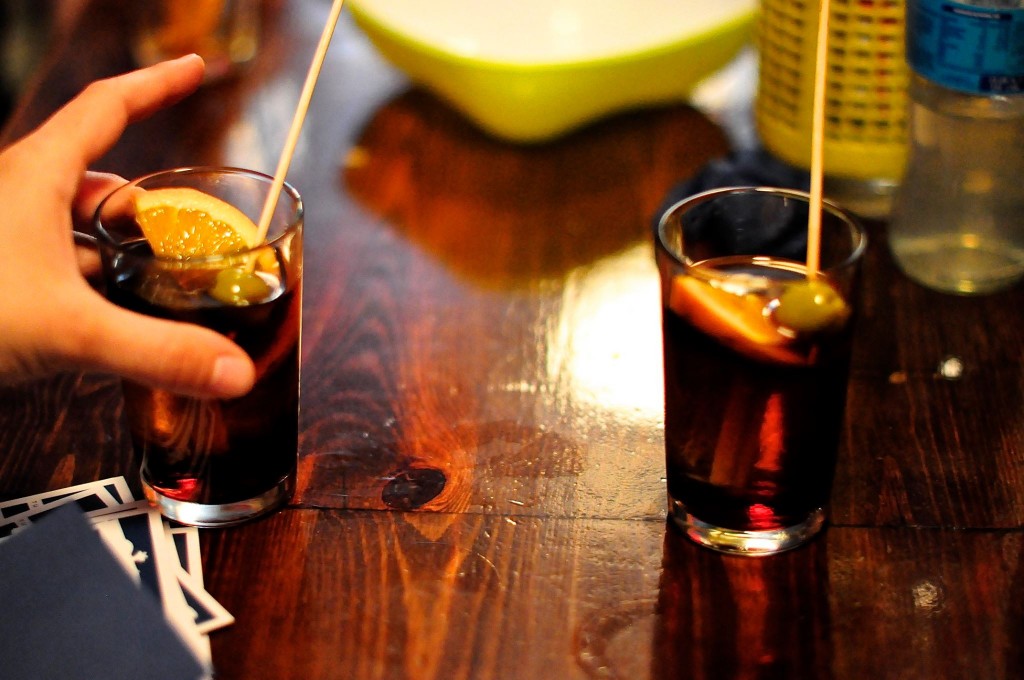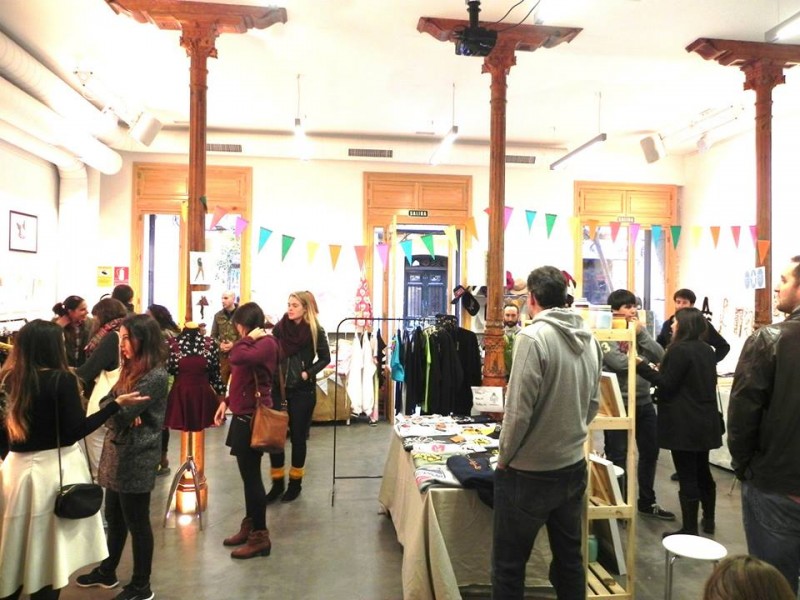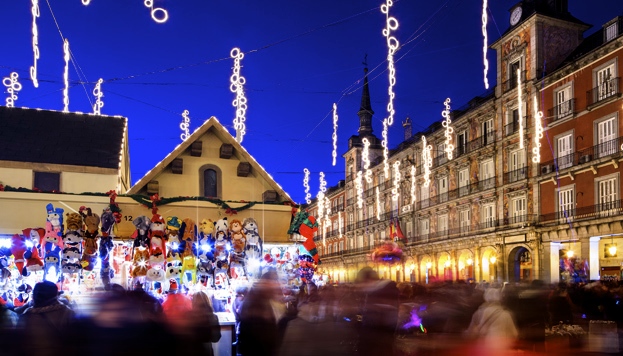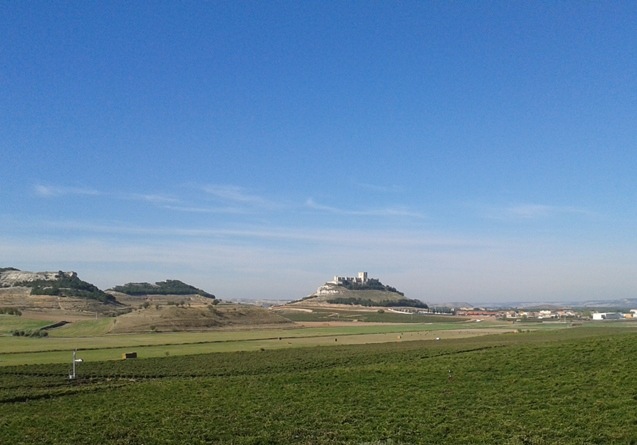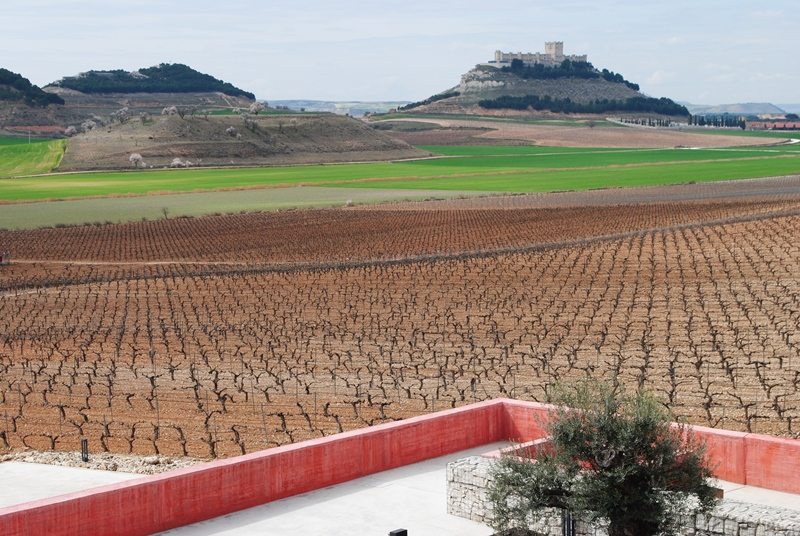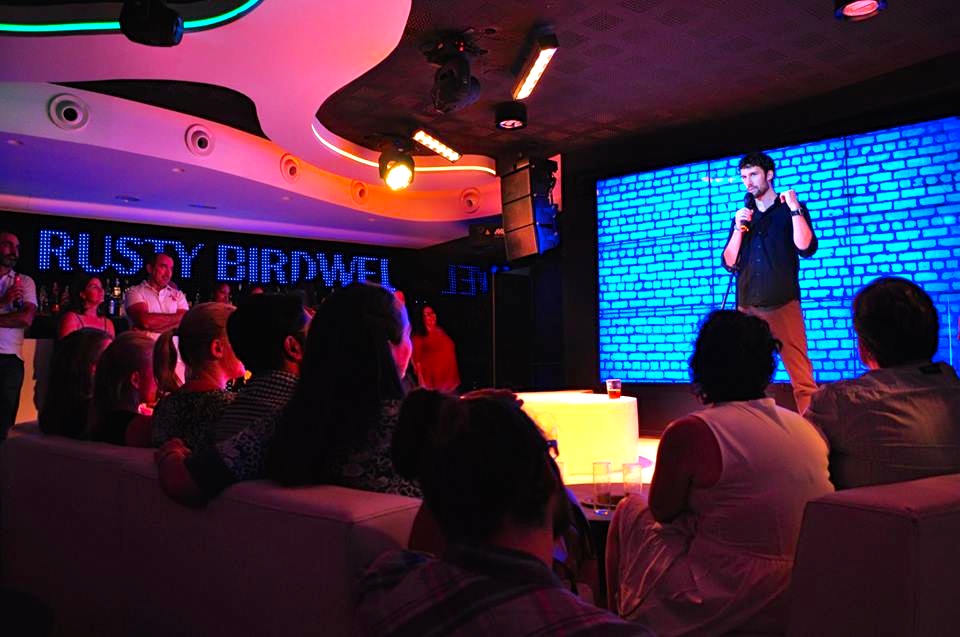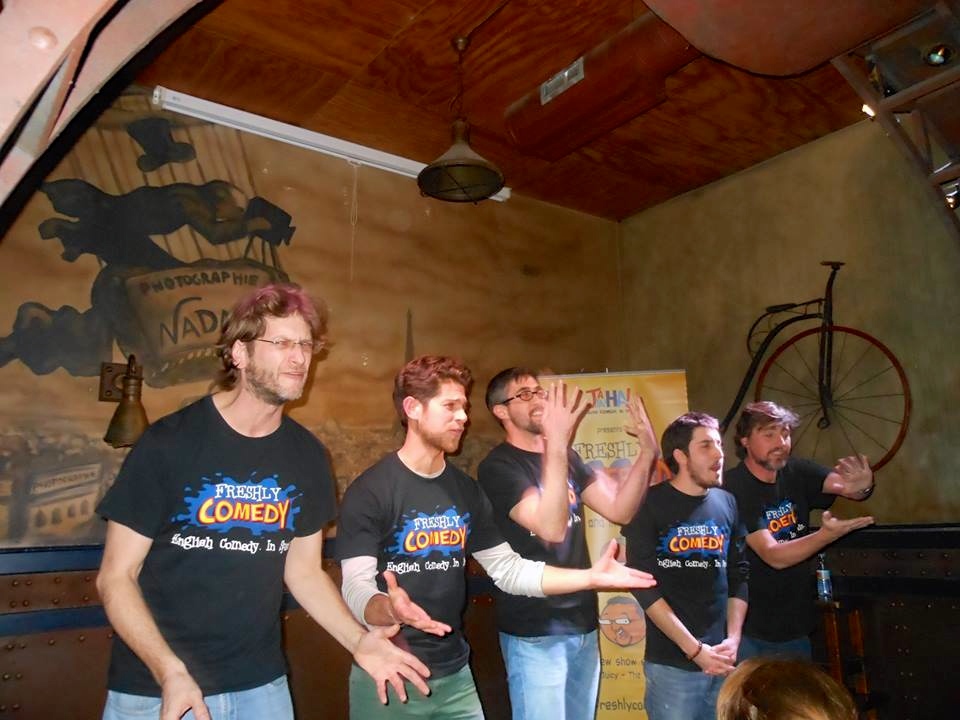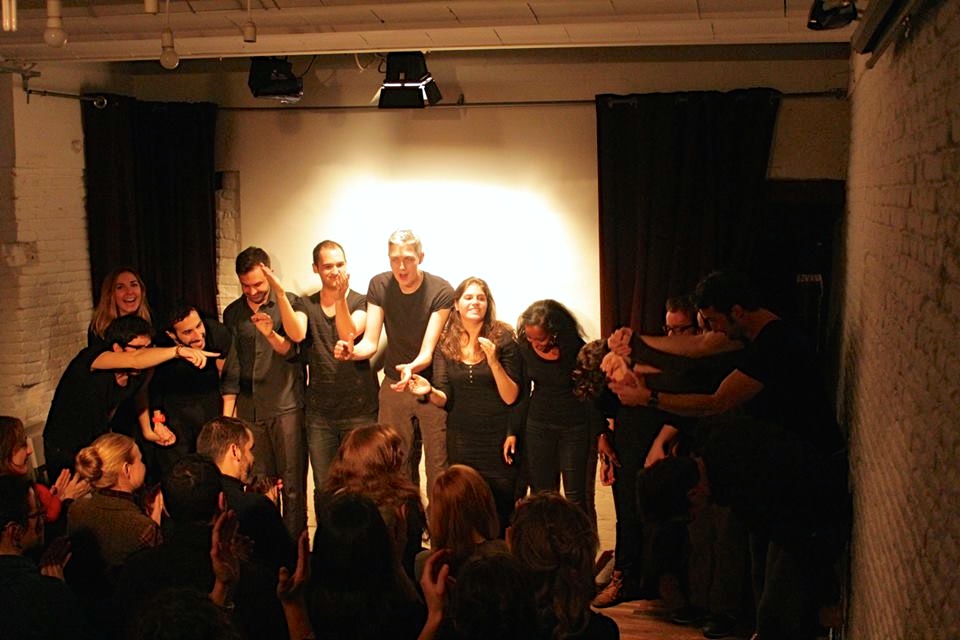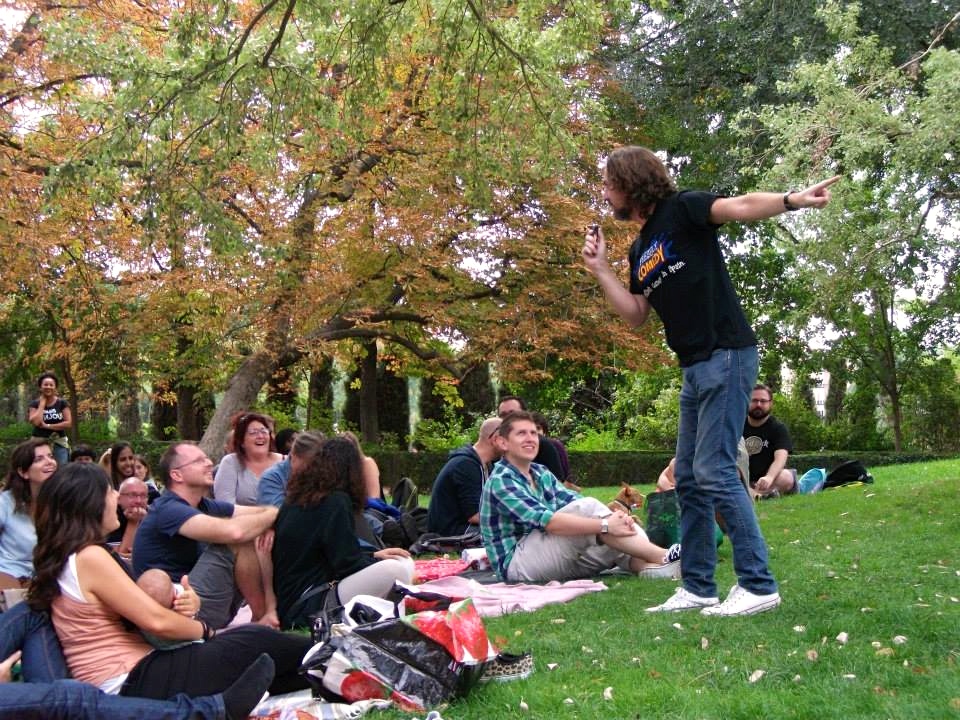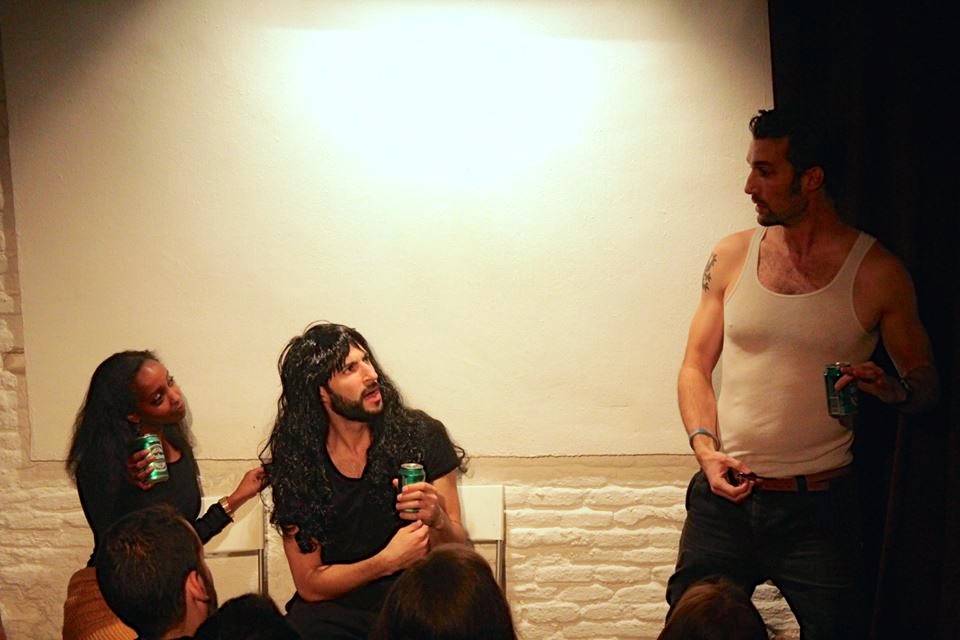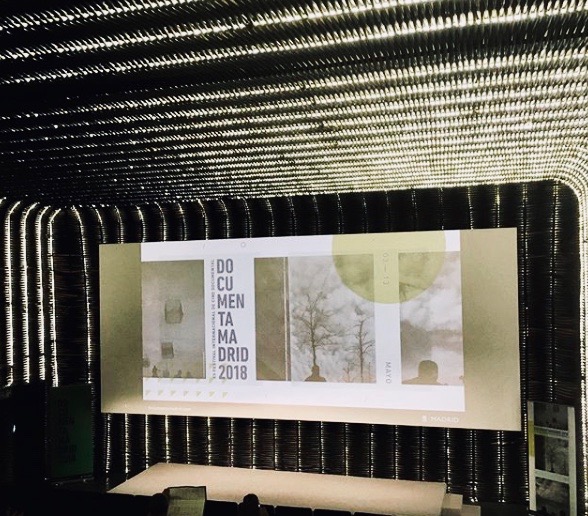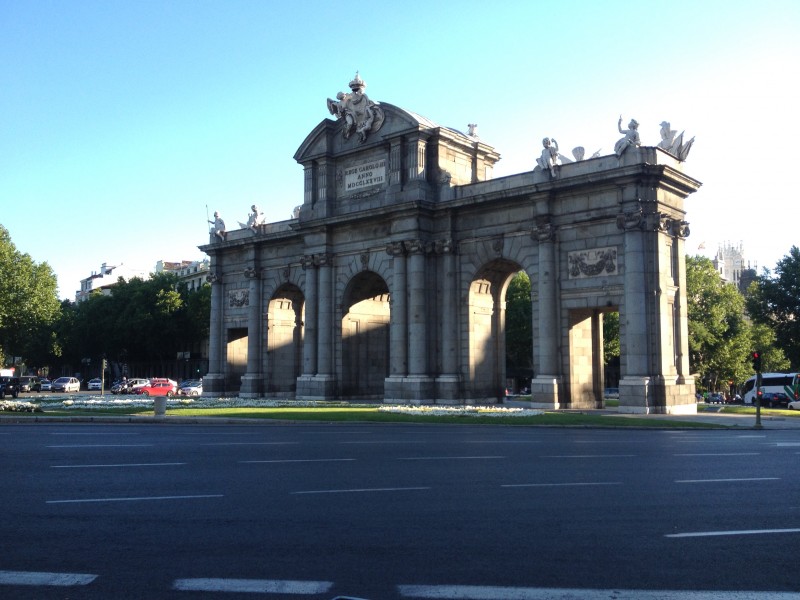Here’s a long list of Madrid museums worth visiting while you’re here. And to make things easier, we’re breaking it down into two parts: the obvious (like the Prado) and the not-so-obvious (like Cerralbo). We’ll also tell you how to get in for free!
If you’ve already read up on the famous Madrid museums, then scroll down…
The Obvious:
All of these Madrid museums are classified as “obvious” because they’re situated along the two great boulevards – Paseo del Prado and Paseo de Recoletos – where you’ll find the city’s finest arts institutions, including the Golden Triangle of Art which refers to the first three institutions on this list. Only one place is not situated here – the Royal Palace.
Spain’s national art museum houses a wide collection of European art from the 12th to the early 19th centuries, and its most notable works are by Spanish painters, Diego Velázquez, Francisco de Goya and El Greco. Considered one of the best museums in the world, the Prado’s most famous piece is Las Meninas by Velazquez. Do give yourself a few hours to walk around – the Prado is gigantic!
Website
When is it free? Always for under-18-year-olds and students ages 18-25 (with valid ID); Sundays and holidays from 5pm-7pm; and Mon-Sat from 6pm-8pm.
Prices & Hours: General admission 14€. Open Mon-Sat from 10am–8pm. Sundays and holidays from 10am-7pm.
Metro: Banco de España
Where: Paseo del Prado (s/n)

Spain’s national museum of 20th-century art is located at the bottom of El Paseo del Prado, near Atocha train station. The Reina Sofia’s permanent collection consists of art by Spanish painters such as Pablo Picasso and Salvador Dalí, and its most famous piece is Picasso’s Guernica. Temporary exhibits feature works by international artists, plus the building’s impressive architecture and free-access art library are alone worth a visit!
Website
When is it free? Sundays from 1:30pm-7pm; weekdays from 7-9pm (except Tuesdays).
Prices & Hours: Mon-Sat from 10am-9pm and Sundays from 10am-7pm. Closed on Tuesdays.
Metro: Atocha
Where: c/ Santa Isabel, 52
Additionally, you can visit a glass palace situated in the middle of Retiro Park featuring works from the museum.

This is my brother’s favorite. In fact, he loved the Thyssen so much that he actually visited it two days in a row (during a five-day visit). The Thyssen is named after its founder and houses one of the largest private collections in the world. You’ll find an amazing permanent collection of more than 1,600 masterpiece paintings spanning seven centuries of art and representing a myriad of genres, as well as must-see temporary exhibits showcasing Van Gogh to Pop Art.
Website
When is it free? Mondays 12-4pm.
Hours: Mondays 12pm-4pm; Tues-Sun 10am-7pm.
Metro: Banco de España
Where: Paseo del Prado, 8
 Created by the Catalonian bank, La Caixa, the first thing that stands out about Caixaforum is its impressive exterior design, including an urban garden wall. As you step inside, you’ll notice that the building’s interior design follows suit. Architecture aside, here you’ll see outstanding temporary exhibits on everything from up-and-coming photographers to Pixar!
Created by the Catalonian bank, La Caixa, the first thing that stands out about Caixaforum is its impressive exterior design, including an urban garden wall. As you step inside, you’ll notice that the building’s interior design follows suit. Architecture aside, here you’ll see outstanding temporary exhibits on everything from up-and-coming photographers to Pixar!
Website
When is it free? Always free for La Caixa clients and under-16-year-olds.
Prices & Hours: General Admission €4. Open Sun-Mon from 10am-8pm
Metro: Atocha
Where: Paseo del Prado, 36
The Royal Palace is one of the most beautiful spots in the city, situated in Plaza de Oriente, facing the Royal Opera House and overlooking the Gardens of Sabatini. It’s the official residence of the King of Spain, although he doesn’t actually live there. Used today for national ceremonies and as a popular museum, Madrid’s Palacio Real is the largest royal palace in all of Western Europe, boasting 3,418 rooms which are ornately decorated with fine paintings, sculptures and tapestries. One last thing – if you go here, you absolutely must pay a visit to its gardens, called “El Campo del Moro”, located just behind the palace (always free and open to the public at the same hours as the palace).
Website
When is it free? For anyone with an EU or Iberoamerican passport/residency card/work permit from Mon-Thurs from 4pm-6pm during April-Sept; and from 6pm-8pm during Oct-Mar.
Prices & Hours: Normal entrance fee is 10€. Students with valid ID get a discount (5€). In Winter (Oct-Mar) open daily from 10am-6pm and in Summer (Apr-Sep) open daily from 10am-8pm.
Metro: Ópera (line 5 & 2) and Principe Pio (line 10)
Where: c/ Bailén (s/n)

Madrid’s most emblematic building, Palacio de Cibeles is situated in the famous Plaza de Cibeles which joins Madrid’s two boulevards – Paseo del Prado and Paseo de Recoletos. One wouldn’t imagine that this ornately decorated palace was once Madrid’s post office, but it was indeed! It was turned into a cultural center in 2013, and now holds free exhibits throughout its first four floors. It also boasts a café, restaurant, and a rooftop terrace on the 6th floor that offers breathtakingly beautiful views of the city. You can also visit the lookout point at the top of the building for just 2€, where you’ll surely get one of your best pics of Madrid.
The lookout point (mirador):
When is it free? Free entrance every first Wednesday of the month.
Price & Hours: 2€ for adults and 0,50€ for children under 12 years of age. Visits are held every thirty minutes from Tues-Sun from 10:30am-1:30pm and from 4pm-7pm. Closed on Mondays. You must reserve tickets at the CentroCentro office situated near the main door of the building.
The exhibition spaces:
Website
When is it free? Always.
Hours: Mon-Sun from 10am-8pm. Closed on Mondays.
Metro: Banco de España
Where: Plaza Cibeles, 1
The Not-So-Obvious
Madrid has some wonderful art havens scattered about the city which are less spoken of, although still much deserving of a visit. Here are some of our favorites:
Created by the bank, Caja Madrid, you’ll find “The Burning House” located just a five-minute walk from the Reina Sofia Museum. This arts and cultural center showcases modern and contemporary art exhibits, and also hosts many cultural events, screenings, workshops concerts, and more. Entrance is always free, and the café is very nice too.
Website
When is it free? Always.
Hours: 10am-10pm everyday
Metro: Embajadores
Where: Ronda de Valencia, 2

This is one of our absolute favorite spots in Madrid. A former pig slaughterhouse, El Matadero was turned into an arts and cultural center in 2006. It has many warehouses (naves) showcasing film, theater performances and art galleries, as well as events and a great café called “La Cantina” where you can taste local food products from Madrid. We highly recommend going here, and taking a stroll along Madrid’s river (Madrid Río) afterwards which is just across the street. Here’s a more in-depth article we wrote about El Matadero.
Website
When is it free? Always
Hours: Tues-Fri from 4pm to 10pm; Sat-Sun from 11am to 9pm
Metro: Legazpi (line 3, yellow)
Where: Paseo de la Chopera, 14
Although Spain’s maritime museum is situated on the Paseo del Prado, we don’t consider it as obvious as the ones listed above. Many people are surprised when they go here, precisely because it’s not talked about enough. The exhibits take you through Spain’s maritime history in chronological order, showcasing artefacts such as old coins, maps, books, weapons, and more.
Website
When is it free? Always (recommended donation of 3€)
Hours: Tues-Sun from 10am-7pm. (During August it closes at 3pm). Closed on Monday.
Metro: Banco de España
Where: Paseo del Prado, 5

Located in the heart of Madrid’s trendiest neighborhoods – Malasaña and Chueca – you should definitely stop by this museum if you’re in the area. El Museo del Romanticismo gives you insight into the history, art and daily life in Spain during the Romantic Era (European intellectual movement during the 19th C). And I must admit that my favorite thing about this museum is its quaint and hidden garden café. If you’re not into museums, at least pop in for a coffee or tea.
Website
When is it free? Saturdays from 2pm onwards and Sundays
Prices & Hours: General admission 4€. Closed on Mondays. Sundays from 10am-3pm. In Summer (May 1-Oct 31) Tues-Sat from 9:30am-8:30pm. In Winter, (Nov 1-Apr 30) from 9:30am-6:30pm.
Metro: Tribunal or Alonso Martínez
Where: Calle San Mateo, 13
This charming museum is my mother-in-law’s favorite, not only for its beautiful art pieces but also for the old architecture of the building itself, which was the former private residence of Spanish painter, Joaquín Sorolla y Bastida (1863 – 1923), who is especially famous for his portraits and landscapes. Another note – my mother fell in love with this museum too.
Website
When is it free? Saturdays from 2pm onwards, and Sundays.
Prices & Hours: General admission 3€. Tues-Sat from 9:30am-8pm. Sundays from 10am-3pm. Closed on Mondays.
Metro: Iglesia and Rubén Darío
Where: Paseo del General Martínez Campos, 37
The Cerralbo Museum is by far one of my favorite places in Madrid. Tucked away on a side street near Plaza de España and Templo de Debod, this stunning little museum was a former residence of the Marquis of Cerralbo, who lived here with his family in the 19th century. As you walk through the mansion’s corridors and up the elegant stairwell to the ballroom, you’ll find everything remains exactly in tact, from the furniture and art pieces to the wall colors and lighting. Read our full post: Museo Cerralbo, an art lover’s dream house.
Website
When is it free? After 2pm on Saturdays; Thursdays from 5pm-8pm; Sundays.
Prices & hours: General admission €3. Open Tues–Sat 9:30am-3pm; Thursday also from 5-8pm; Sundays and holidays from 10am-3pm. I highly recommend booking a guided tour in English, Spanish or French
Metro: Plaza de España
Where: Calle Ventura Rodríguez, 17
This 16th-century house was the former home of Spanish writer, Lope de Vega, who was famous during the “Golden Age” of Spanish literature. His house is located in Madrid’s “Barrio de las Letras”, a central neighborhood whose streets are named after the several famous Golden Age writers who also lived there, such as Miguel de Cervantes, Quevedo and Góngora. Lope de Vega resided in this house during the last 25 years of his life, from 1610-35. His home was turned into a national monument and museum in 1935. Here you can see his private collection of art, furniture, books and more. To visit, you must make a reservation in advance for a free, guided tour (see details below).
Website
When is it free? Always.
Hours: Tues-Sun from 10am-6pm. Guided tours begin every half hour and are available in Spanish, English and French. Make a Reservation by telephone (91 429 92 16) or email (casamuseolopedevega@madrid.org).
Metro: Antón Martín and Sol
Where: Calle de Cervantes, 11

This arts and cultural exhibition space was created by the telecommunications company, Telefónica, and is always free and conveniently located on the Gran Vía. We highly recommend paying a visit, not only because it’s free and has good air conditioning, but also because you’ll find surprisingly current and interactive art exhibits. Plus, one of our Naked Madrid writers, Alex, recommends this place as a great first date idea!
Website
When is it free? Always.
Hours: every day from 10am-8pm.
Metro: Gran Vía (line 1 & 5)
Where: c/ Fuencarral, 3
This national museum houses 25,000 pieces of art and historical artifacts from the American continent. My friend, Ryan, wanted to make sure that I mentioned the shrunken heads on display here (apparently, native Americans used to shrink dead humans’ heads and use them as talismans).
Website
When is it free? For under-18-year-olds, over-65, university students and unemployed (with valid ID), holders of carné joven.
Prices & Hours: General Admission 3€. Tues-Sat from 9:30am-3pm; Thurs from 9:30am-3pm; Sundays from 10am-3pm; Closed on Mondays.
Metro: Moncloa
Where: Avenida de los Reyes Católicos, 6
This foundation was created by the insurance company, Mapfre, and exhibits art mostly from the last third of the 19th century to after World War II. It also showcases a lot of photography. The foundation has two rooms, both located next to each other.
Website
When is it free? Always.
Hours: Mon from 2pm-8pm. Tues-Sat from 10am-8pm. Sun/holidays from 11am-7pm.
Metro: Colón
Where: Paseo de Recoletos, 23

I have particularly fond memories of this cultural center because I used to go here often during university. Located in one of my favorite neighborhoods – Conde Duque – this building served as the former barracks of the Royal Guard Corps and was turned into a cultural center in 1983. Ever since, it has used its enormous space wisely. Here you can see free exhibits including large scale art projects, photography and documentaries. Its space is also used for concerts, performances, dance rehearsals, book archives, and even outdoor cinema which runs from July through September.
Website
When is it free? Always.
Hours: Tues-Sat from 10.30am-2pm and 5.30pm-9pm. Sundays/Holidays from 10.30am-2pm.
Metro: Noviciado, Plaza de España, San Bernardo and Ventura Rodríguez.
Where: Calle Conde Duque 11
Madrid’s fashion museum showcases different modes throughout the centuries. Although its current name is rather recent, the museum first opened in 1925 as “Exposición del Traje Regional e Histórico”, meaning the exhibit on regional and historic attire. Today it showcases a wide range of collections as well as cool activities and events which you can see here.
Website
When is it free? Saturdays from 2:30pm on; Sundays. If you’re under 18, over 65, a student between 18-28 years old.
Prices & Hours: General admission is 3€. Open Tues-Sat from 9:30am-7pm. Sundays and holidays from 10am-3pm.
Metro: Moncloa
Where: Avenida de Juan de Herrera, 2.
La Tabacalera is a very unique community center in Madrid that occupies an abandoned factory and holds free activities on a daily basis, from salsa and capoeira classes to concerts and markets. Adjacent to the community area is an exhibition space that is free and open to the public, and mainly showcases photography and contemporary art works. Warning: it’s a large and almost spooky space.
Website
When is it free? Always
Hours: Mon-Fri from 12pm-8pm. Saturday, Sunday and holidays from 11am-8pm. Closed on Mondays.
Metro: Embajadores
Where: Calle Embajadores 51 (the community center is number 53)
General Information:
*Most museums allow free entrance to under-18-year-olds and over-65-year-olds, as well as free entrance or a considerable discount to university students with valid ID and groups of over 5 people.
**All of Madrid’s museums allow free entrance on the following holidays: April 18th (World Heritage Day), May 18th (International Museum Day), October 12th (National Spanish Holiday) and December 6th (Day of the Spanish Constitution).
As always, if we’ve left out any of your favorite art institutions or museums, please let us know! We intend on expanding this list.







